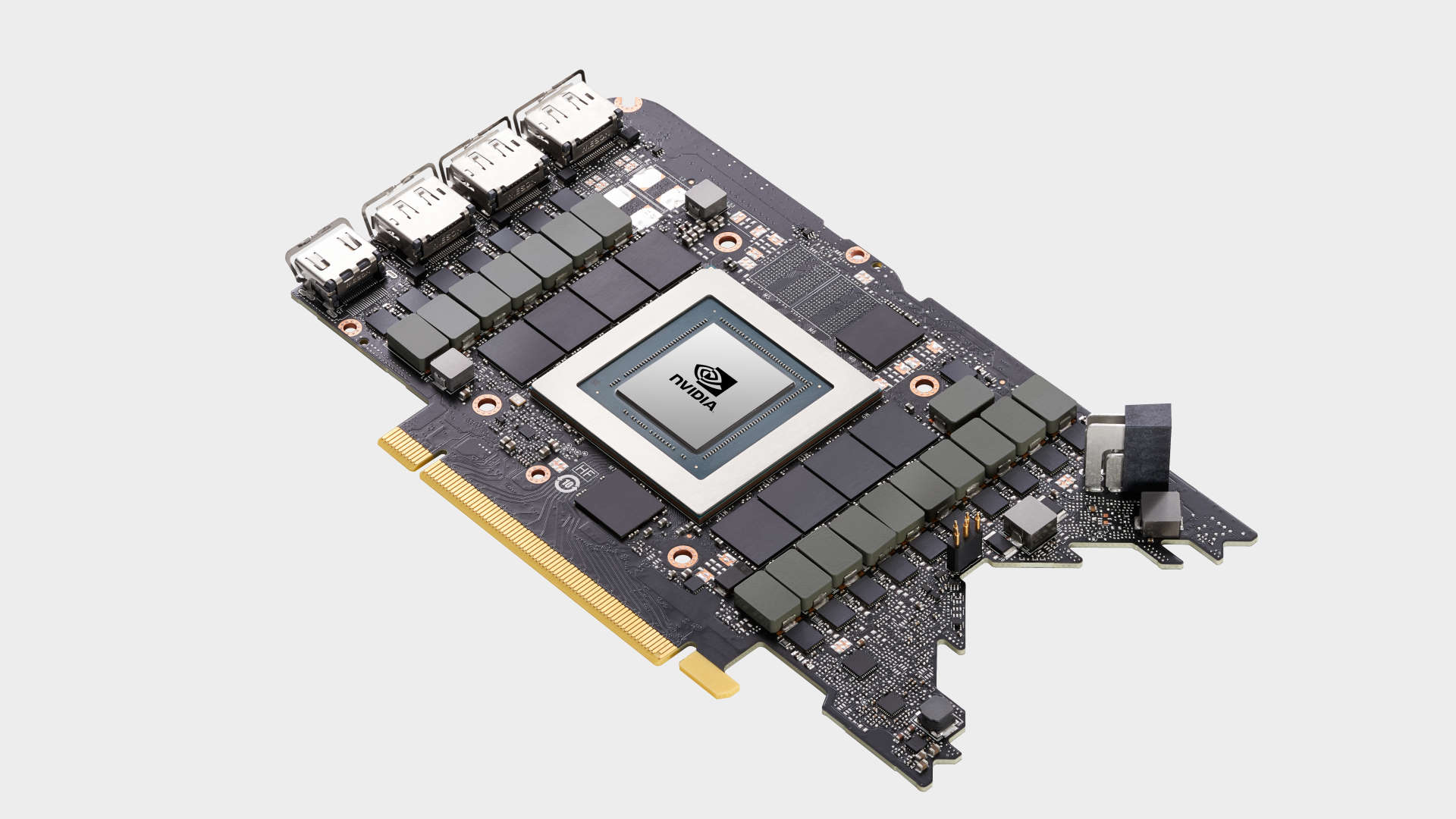Asus suggests Nvidia graphics card supply problems are down to low GPU yields
The Taiwanese manufacturer doesn't think things will get better any time soon either.

Asus has stated in a recent Investor Conference call (via Tom's Hardware) that the reason it hasn't sold as many graphics cards in the first three months of the year is down to a drop in supply from Nvidia. Not only does this means the current shortage of Nvidia's 30-series GPUs isn't about to get better any time soon, but the increased graphics card pricing we're seeing is likely to continue.

Best CPU for gaming: the top chips from Intel and AMD
Best graphics card: your perfect pixel-pusher awaits
Best SSD for gaming: get into the game ahead of the rest
Nvidia itself has only talked about component shortages, so Asus saying, "Our guess is that the gap might have been caused by lower yields upstream [potentially indicating Nvidia's own production at Samsung]", is surprising. The yield here refers to the number of working GPUs per wafer. If the Asus claim is true, it suggests that all is not well with Nvidia's decision to use Samsung's 8N manufacturing for its Ampere GPUs.
That has long been suggested by other outlets, but there has still been no proof to back up any of this conjecture. And we likely won't hear anything about it unless it materially affects Nvidia's revenue and it has to fess up to investors, as chip yields are always jealously guarded by companies.
Asus also suggested that Nvidia had ordered fewer wafers for the first quarter of the year, which would be the norm usually, as demand for graphics cards tends to fall off after the Holiday period. Such orders are planned a full quarter in advance, and Nvidia would have had no idea how popular Ampere would be or the impact Covid-19 would have on demand.
There's also the problem of cryptocurrency mining, putting even more pressure on the cards that are being made, although Asus doesn't know how many of its cards end up mining. Nvidia has tried to dissuade miners from buying its cards, and with the release of the RTX 3060, it introduced measures to stop the cards mining Ethereum, although a developer driver did slip out which undermined its efforts here somewhat.
There are reports that Nvidia has already reached out to TSMC for additional production of Ampere chips, although given the demand on TSMC's own capacity, that's not necessarily going to bear instant fruit. Intel's decision to enter the contract foundry business sure looks like a wise move right now.
The biggest gaming news, reviews and hardware deals
Keep up to date with the most important stories and the best deals, as picked by the PC Gamer team.
Alan has been writing about PC tech since before 3D graphics cards existed, and still vividly recalls having to fight with MS-DOS just to get games to load. He fondly remembers the killer combo of a Matrox Millenium and 3dfx Voodoo, and seeing Lara Croft in 3D for the first time. He's very glad hardware has advanced as much as it has though, and is particularly happy when putting the latest M.2 NVMe SSDs, AMD processors, and laptops through their paces. He has a long-lasting Magic: The Gathering obsession but limits this to MTG Arena these days.


